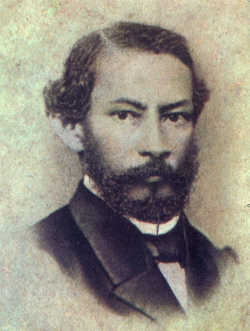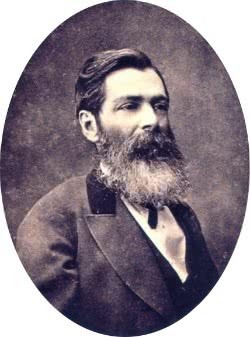Louis XIV (1638 -1715) was King of France from the age of five. His reign lasted 72 years, the longest in French history.
Louis XIV's reign was marked by the centralization of the French monarchy, consolidation of borders and economic prosperity.
One of Louis XIV's inheritances was the Palace of Versailles, where the court revolved around the king. Not by chance, the monarch received the nicknames "Rei Sol" and "The Great".
Biography of Louis XIV
King Louis XIV was born on September 5, 1638, the son of King Louis XIII and his wife, Queen Anne of Austria. The couple would have one more child, Felipe, who would be the founder of the House of Orleans.
Luis' birth was a relief to his parents, who had been married for ten years and had no offspring.
At the age of five, his father dies and Louis is proclaimed King of France, with the name Louis XIV. His mother will exercise the regency and Cardinal Mazarin will be prime minister.
Louis XIV's education was painstaking, as expected of a future monarch. His syllabus included religion, history, geometry, languages, but also horseback riding, fencing and dancing.
He married Infanta Maria Teresa of Spain in order to seal peace between the two countries. They had six children, of which only the oldest would reach adulthood.

reign of Louis XIV
At 13, Luís was considered of legal age and was able to assume the throne.
Both the mother and Cardinal Mazarin still exerted influence over the young monarch, but after the priest's death, the situation changed. Louis XIV surprised everyone by declaring that he would be the one to govern the country, only with the help of a few ministers.
In this way, a stage in French life marked by political centralization begins, Absolutism. The nobility loses the right to own armies, carry out justice or even levy certain taxes.
Many nobles were invited to live in or around the castle of Versailles and participate in court ceremonies that revolved around the sovereign.
At the same time, King Louis XIV endowed the country with several scientific academies such as the Academy of Painting and Sculpture (1648), Science (1666), Music (1669) and Architecture (1671). In Versailles, there was also a kind of botanical garden that acclimated plants from all over the world.
Louis XIV's heritage remains in France today: luxury industry, centralization of power, borders that have barely changed since the 17th century and the palace of Versailles. There, King Louis XIV built for himself the image that he was the sun and everything should surround him.
Painters and sculptors used the story of the god Apollo, personification of the sun, to compare him to King Louis XIV. In this way, they portrayed this deity with the face of the sovereign. Likewise, ballet reached an extraordinary development, due to the admiration that the monarch felt for this art.
This was all part of Absolutism, where the king did not need to be accountable to anyone, as he had been chosen by God to be the ruler. Louis XIV believed that if he were a great monarch, France would also be a great country.
End of the Reign of Louis XIV
The last of Louis XIV's reign were marked by the War of Spanish Succession (1701-1714).
The Spanish throne had been empty in the 1700s and the late King Charles II of Spain had indicated that his successor would be Louis XIV's grandson Philip.
However, countries like the Germanic Holy Roman Empire and England had their own candidate. The result was a fifteen-year war to place Felipe de Bourbon on the Spanish throne.
Although King Louis XIV consolidated the power of France in Europe, spending on this war and excessive luxury ended up leaving the country on the brink of bankruptcy.
The king died September 1, 1715 and was succeeded by his great-grandson, who adopted the name Louis XV.
Curiosities about Louis XIV
- The famous phrase "The State is me" was not said by Louis XIV but by his opponents who criticized the centralization of power in the hands of the sovereign.
- Louis XIV dictated fashion in his time. To increase her stature, she wore high heels, a custom that was imitated by the French and European courts.
There are more texts on this topic for you:
- Absolutism
- dance history
- France


